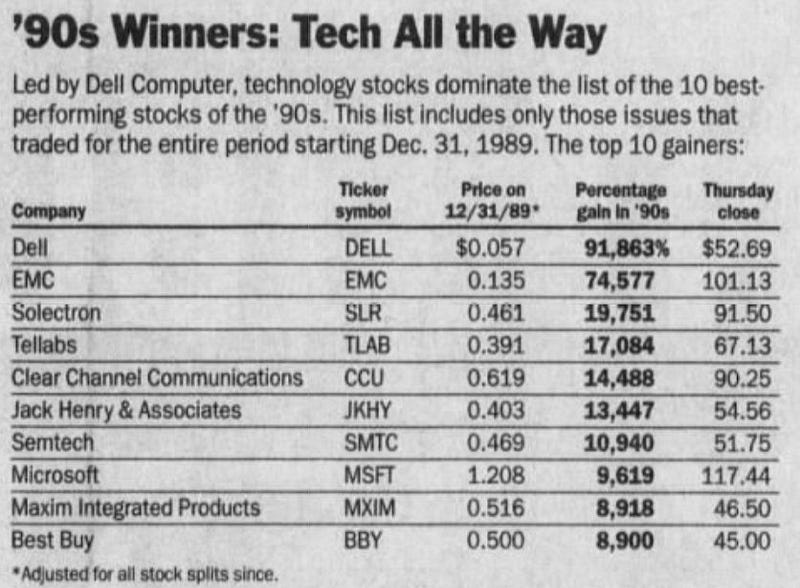Navigating the Tech Landscape: Insights for Investors Today
Written on
Chapter 1: Reflections on Tech Stock Trends
In my previous blog entry, I delved into the topic of “Tech Stocks: The Best Investments for the Next Decade?”. This discussion was sparked by a post from a Chinese blog, which made me recognize parallels between our current view of innovative companies and how we once viewed emerging markets.
According to Ray Dalio’s insights in his series of books, a closer examination of historical data reveals striking similarities between past and present market conditions. Some skeptics draw connections between today’s environment and the dot-com bubble, presenting ample evidence to support their stance. Nonetheless, many analysts argue that the technology firms we see today differ significantly from those that defined the late 1990s.

Photo by Everyday basics on Unsplash
Reflecting on my reading from Zhihu, it’s clear that the innovations of the 1990s have profoundly shaped our current lifestyle. Consider the advancements like HTTP, HTML, JAVA, Windows 98, MP3 players, and more—these were pivotal in transforming our daily lives and the tech landscape.
The technological boom in the last decade of the 20th century was nothing short of phenomenal. A glance at a 60-year timeline of technological milestones illustrates this rapid progression. However, many remember only the struggles of that era, particularly the infamous failures like Pets.com and Webvan. Conversely, we still celebrate the successes of companies like Amazon and Microsoft.

Examining the performance of tech companies during this period reveals a stark reality. Although companies like Dell and EMC showed remarkable gains, today we only remember Microsoft as a standout from that era. Dell and EMC have since merged, and even the once-prominent Green Mountain Coffee has faded from memory despite its impressive performance back in 2000.

How does this historical context apply to today’s tech companies? The reality is that firms like Dell, EMC, and Microsoft struggled to maintain their rapid growth. This raises questions about whether our expectations for today’s companies to sustain similar growth rates are overly optimistic.
Investment 101 teaches us that stock values are fundamentally tied to anticipated future cash flows.

For analysts and investors, management insights are crucial for forecasting a company’s future performance. A firm that projects substantial cash flow growth can face severe consequences if those projections prove to be inaccurate.

John Chambers, CEO of Cisco, remained optimistic even six months after the dot-com bubble burst, predicting a growth rate of 50–60%. He noted that the transformative effects of the internet in various business practices were only accelerating. While Cisco did see revenue growth of about 60% shortly after, the actual growth rate over the next decade averaged only 7%.

Similarly, Oracle CEO Larry Ellison expressed confidence in the company’s performance, emphasizing its market share gains. Meanwhile, Siebel Systems’ CEO Tom Siebel reported remarkable revenue growth, asserting that market conditions were robust.

In hindsight, even as these companies presented a positive outlook, the market had already peaked. This raises a critical question: Can we accurately predict long-term growth for the next five years? Notably, cloud computing is a relatively new business model that has not yet faced a recession in a formal sense, suggesting that we may need to rethink our confidence in current high-flying tech stocks.

This article is intended for informational purposes only. It should not be construed as Financial or Legal Advice. Always consult a financial professional before making significant financial decisions.
Chapter 2: Lessons from the Past
The first video titled "Stop Managing, Start Leading" by Hamza Khan at TEDxRyersonU delves into the importance of effective leadership in today’s rapidly changing environment. It emphasizes how leaders can foster innovation and drive growth.
The second video, "Stop thinking and start DOING," encourages viewers to take action rather than remain passive in the face of challenges. It highlights the significance of proactive behavior in achieving goals.